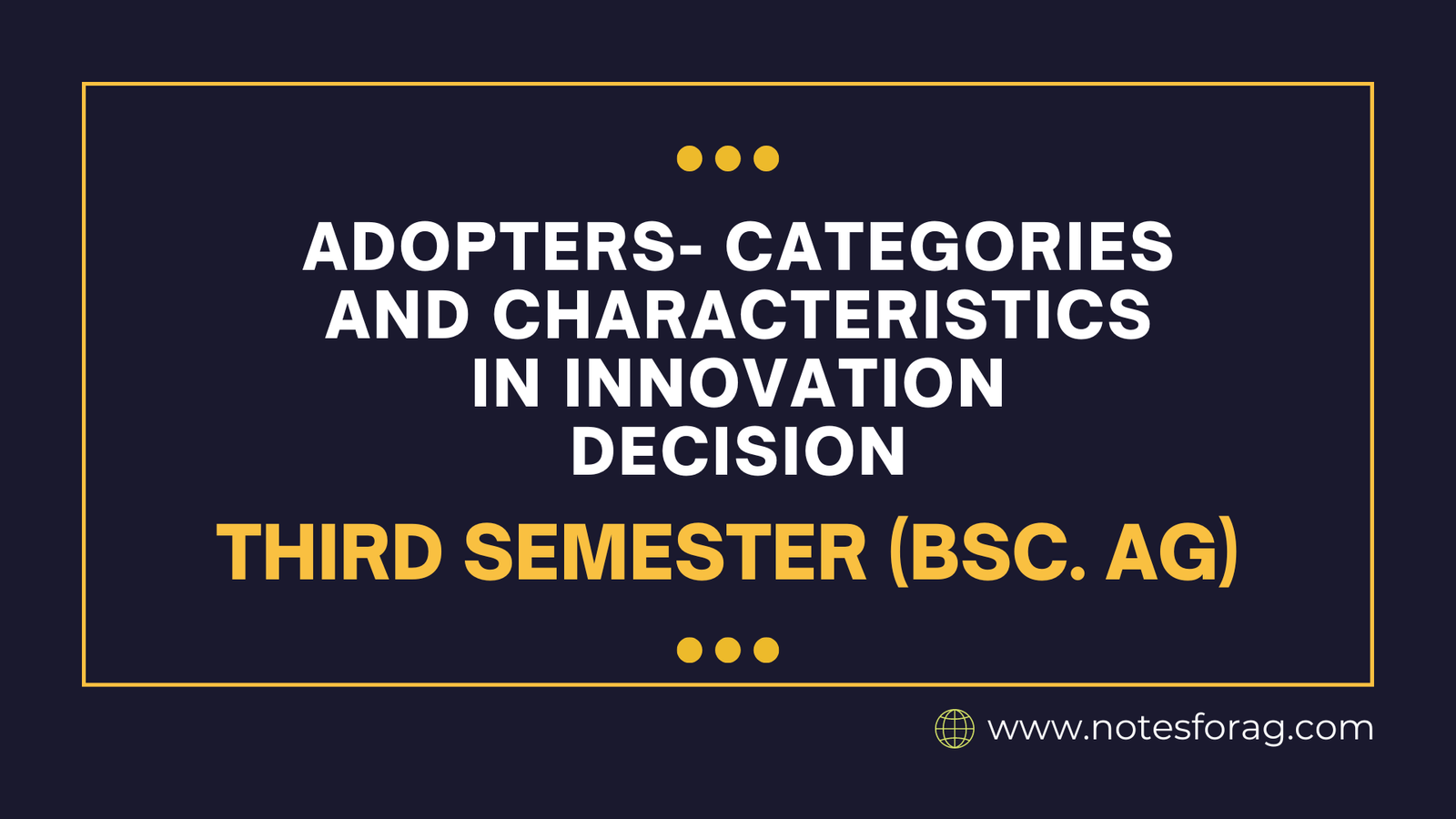The concept of adopters in innovation decision-making is based on Everett Rogers’ Diffusion of Innovations hypothesis. This idea classifies people within a social system according to their readiness and speed to adopt new innovations or technologies. The categories contribute to understanding how and why innovations spread across different populations over time.
Table of Contents
Introduction to Innovation Adoption
Innovation adoption is an essential term that describes how individuals or organizations accept new technology, products, or ideas. This notion is critical for innovators, marketers, and organizations because it informs strategic planning, market penetration initiatives, and customer interaction strategies. Understanding the various categories and features of adopters allows stakeholders to successfully customize their approaches to fit the demands of a varied audience and create greater acceptance.
Rogers’ Diffusion of Innovations is one of the most significant frameworks in this field, as it systematically describes how, why, and at what pace new ideas spread across cultures. Rogers breaks down the adoption process into five stages: knowledge, persuasion, decision, implementation, and confirmation. These stages give a road map for understanding how innovation adoption progresses throughout time, from early awareness to full-scale implementation and validation.
Furthermore, Rogers’ model divides adopters into five distinct categories: innovators, early adopters, early majority, late majority, and laggards. Each group has specific features and habits that influence their adoption decisions, making it critical for organizations and marketers to identify and handle these differences effectively.
Categories and their characteristics

1. Innovators (2.5%)
- Characteristics:
- Entrepreneurial and risk-takers.
- Willing to experiment with new concepts and technologies.
- Often have financial resources and technical expertise.
- They tend to be younger, more educated, and have a social network of other innovators.
- Play a crucial part in bringing new innovations into the social structure.
2. Early adopters (13.5%)
- Characteristics:
- Respected by their peers, they frequently serve as opinion leaders.
- More integrated into society than innovators.
- Open to new ideas and technologies, but more deliberate in their implementation.
- Typically well-educated and have a higher social standing.
- They help to remove ambiguity about the idea by validating and endorsing it.
3. Early majority (34%).
- Characteristics:
- Adopting new ideas is a deliberate and cautious process.
- Before implementing an innovation, they need evidence of its effectiveness.
- They connect often with their peers but do not hold positions of leadership.
- Play an important role in the spread process by legitimising the invention after early adopters have proven it.
4. Late Majority: 34%
- Characteristics:
- Skeptical and cautious of new innovations.
- Wait until a majority of their colleagues have accepted the idea before implementing it themselves.
- Adoption is often motivated by economic necessity or social pressure.
- They tend to be older, less educated, and of poorer social standing.
- Their adoption marks the pinnacle of the innovation’s dissemination throughout the social system.
5. Laggards (16%).
- Characteristics:
- The final group to implement an idea.
- Highly traditional and resistant to change.
- Typically older, having a lower financial situation and educational level.
- Often isolated from the larger social network.
- Adopt an invention only when it has become a necessity or when there is no other option.
These categories help in estimating adoption rates and developing tactics to promote faster and wider acceptance of innovations.
Frequently Asked Question(FAQ)
What are the categories of adopters in innovation decision-making?
There are five categories: innovators, early adopters, early majority, late majority, and laggards. These classifications are based on how fast and freely people absorb new ideas.
Who are Laggards, and why are they slow to adopt innovations?
Laggards are the slowest to adopt advances, usually because they are extremely traditional and reluctant to change. They frequently accept only after an innovation has become the norm or there are no other options.
Related Articles

